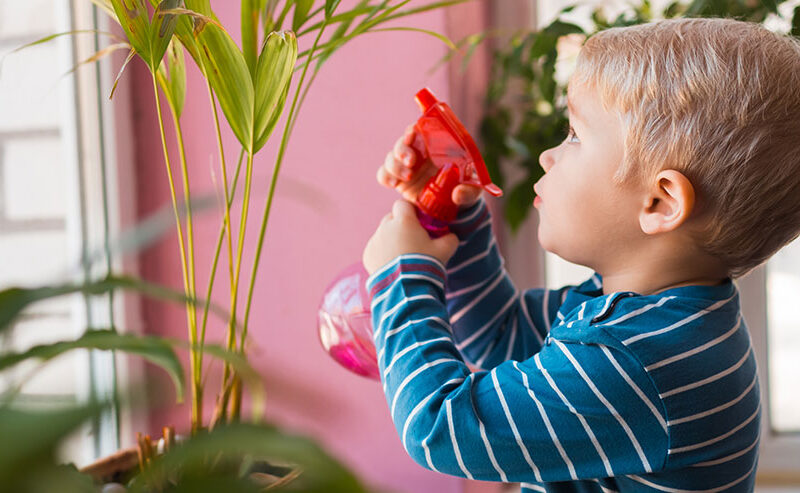Do violent and sexual media affect suburban kids’ attitudes toward sex?
Do violent and sexual media affect suburban kids’ attitudes toward sex? https://mediatrics.com/wp-content/themes/corpus/images/empty/thumbnail.jpg 150 150 Mediatrics Mediatrics https://mediatrics.com/wp-content/themes/corpus/images/empty/thumbnail.jpgQ: It seems to me that many suburban parents have a hard time admitting that violence and sex in the media can affect their children. They think that this is an inner city or gang issue. But I’m worried about the issue of increased college sexual assault, including the
statistic that 1 in 4 women experience sexual assault or attempted sexual assault during their college years. Can a weekly diet of violent and sexual media for teens from good families affect their attitudes and behaviors when they’re in college, contributing to the high numbers of college sexual assaults?
–Unsettled in the Suburbs in
A: Dear Unsettled,
You seem to be asking 2 questions here, so I’ll try to address each. The first is whether media can affect kids’ behavior and their attitudes toward violence and sex. The simple answer is yes—being regularly exposed to sexual and violent media can affect both. But not, perhaps, for the reason that seems most obvious. Parents you talk to who aren’t worried about this issue may be thinking, “My child is not going to go out and kill someone because they played
a shoot-em-up video game.” And they are almost certainly right. Imitating extreme behaviors portrayed in media is rare.
But media does shift kids’ understanding of what’s normal. A steady diet of sex and violence as entertainment creates expectations that are both unrealistic and potentially destructive. When music videos show women being coerced into sex and enjoying it, for example, kids start to think that this kind of sexual behavior is acceptable, even desirable. And a recent study showed that teens who listen to music with sexual and degrading lyrics tend to have sex at younger ages. When such beliefs combine with the peer pressure and substance use common in college environments, you often end up with a perfect storm for sexual violence.
The second question seems to be whether the environment in which kids grow up makes
a difference in how much they are affected by media. You are absolutely right that these media don’t only affect kids in the inner city—in fact, rates of domestic and sexual violence are consistent across socioeconomic circumstances. They may be more evident in urban areas because city homes are closer together than those in the suburbs, making it easier to notice any problems. But just as violence occurs in all kinds of communities, media affect all children’s beliefs about sexuality, whether suburban or urban, well-off or struggling. For that reason, even parents who feel the most sheltered need to pay attention to what their kids are watching.
How can you help reduce these negative effects? First, don’t just pretend that these media don’t exist—have open discussions about them with your kids. Help them come to their own conclusions about the problems in these portrayals, and help them notice healthier models. Such conversations allow kids to work through these issues with you, instead of on their own when they get to college. They may even help your kids keep themselves safe.
Enjoy your media and use them wisely,
The Mediatrician



